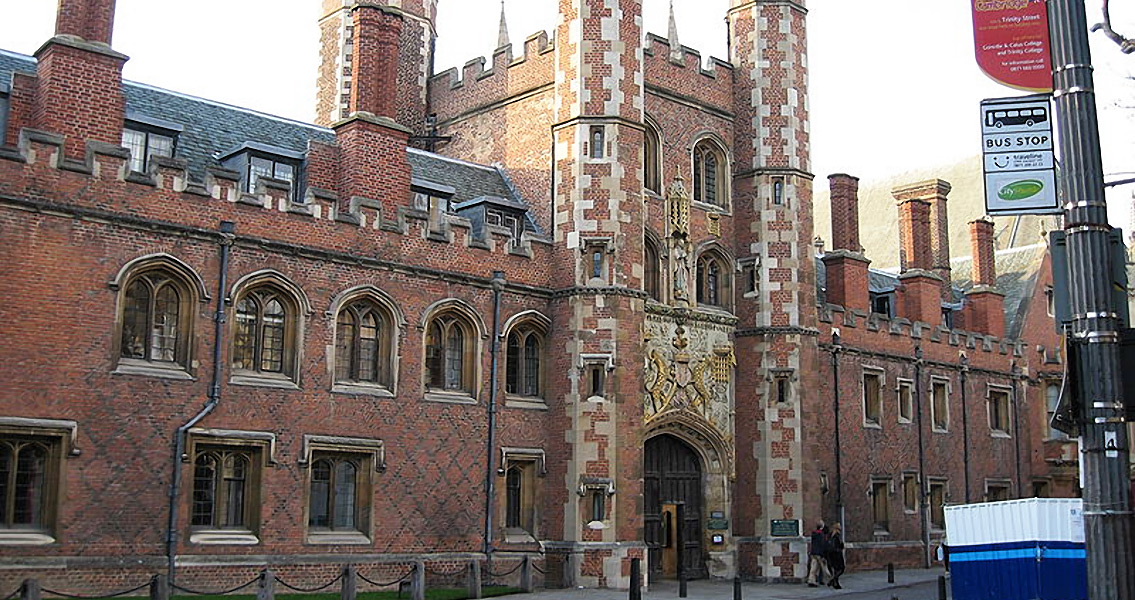<![CDATA[The remains of more than 1,300 people have been unearthed during a dig at the Old Divinity School of St. John’s College in Cambridge. The archaeologists, led by Craig Cessford from the University’s Department of Archaeology and Anthropology, discovered as many as 300 complete sets of remains as well as fragments belonging to an estimated 1,000 other people. Although it was already known that there used to be a graveyard at this site, the sheer size of it came as a surprise to the researchers. According to Cessford, it is one of the largest Medieval graveyards in the whole of Britain. The cemetery was part of the grounds of St. John the Evangelist hospital, which opened near the end of the twelfth century. Initially, the hospital was a small one caring for the poor, but over the years it grew into a major facility for the local population, treating anyone from University scholars to farmers. The human remains found at the site have been dated to between the thirteenth and the fifteenth centuries, and despite theories that many of them had been plague victims, no traces of the disease were found during the analysis of the remains. This should not be too surprising, as it is an established fact that victims of plague epidemics during the Middle Ages tended to be buried on town commons. Researchers identified as many as six so-called 'cemetery generations'. A cemetery generation spans the period of time it takes for the whole available space in a cemetery to be filled with burials before another 'layer' needs to be started. The cemetery itself seems to have been a very tidy, well organised place complete with gravel paths, flower rows, and a water well, very much resembling modern cemeteries where the deceased’s close ones can go and visit. Another interesting fact the scientists revealed with the analysis of the 400 complete sets of remains was that many of them were buried without coffins or even shrouds. This suggests they were probably buried in the earlier years of the hospital, when it mainly cared for the poor. In addition, there were no infant or young female remains - a rarity for Medieval hospital graveyards - which could be attributed to an ordinance for the hospital, managed by the St. Augustine order, that it did not take in pregnant women, while girls were unlikely to degrade to the “wretched” state where they would need the hospital, apparently. Otherwise, the gender diversity of the remains was relatively equal, and the age of the deceased ranges between 25 and 45. One further matter of interest is the fact that the remains showed no signs of serious disease, leading the team to believe that the people who were taken care of at the hospital were most likely in need of palliative care, rather than medical treatment for acute conditions. St. John the Evangelist hospital was built in 1195 and survived until 1511, when it was converted into a college founded by Margaret Beaufort, countess of Richmond and Derby. The Old Divinity School itself was built above the graveyard between 1877 and 1879. The archaeological dig that revealed the human remains was part of a refurbishment of the building carried out between 2010 and 2012. Image courtesy of Wikimedia Commons user: has Wolff]]>
Huge Cemetery Unearthed Beneath Cambridge College
